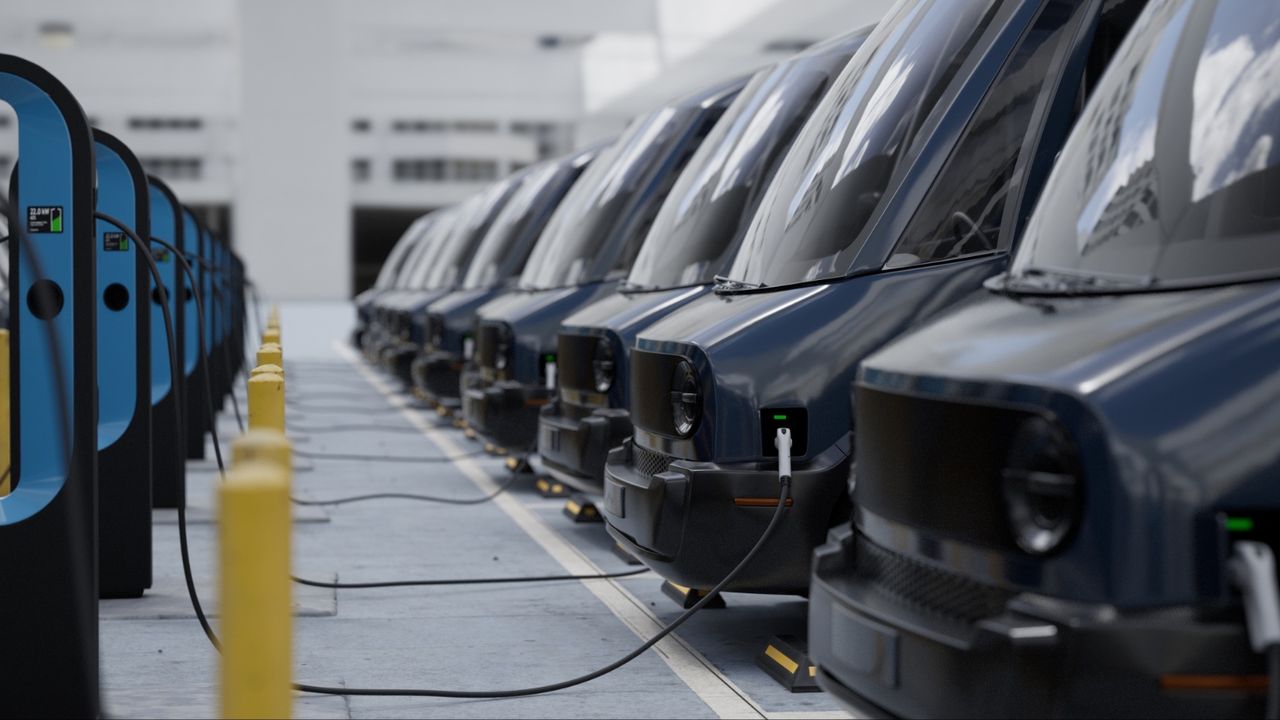The Nostalgic Concept of Vehicle-to-Grid (V2G) Technology
Remember the days when cars were simply a means of transportation? They would take us from point A to point B, and that was it. But oh, how times have changed. With the advent of bidirectional charging and energy storage, electric vehicle integration has opened up a whole new world of possibilities.
Bidirectional Charging: A Two-Way Street
Imagine if your electric vehicle (EV) could not only consume energy but also give it back to the grid when needed. That’s the beauty of bidirectional charging. With this technology, your EV becomes more than just a mode of transportation; it becomes a mobile power source.
By connecting your EV to the grid, you can charge its battery when electricity is cheap and abundant. But here’s where it gets interesting. When the demand for electricity is high or when renewable energy sources are not producing enough power, your EV can feed energy back into the grid. It’s like having a mini power plant on wheels.
Energy Storage: Power When You Need It
One of the key components of V2G technology is energy storage. Electric vehicles have large batteries that can store a significant amount of energy. This stored energy can be used to power your home, office, or even the entire neighborhood during peak demand periods.
Imagine coming home after a long day, plugging in your EV, and using its stored energy to power your appliances, lights, and electronics. No more worrying about blackouts or high electricity bills. Your EV becomes a reliable backup power source, ensuring you never have to go without electricity.
Electric Vehicle Integration: A Greener Future
With the integration of electric vehicles into the grid, we can pave the way for a greener future. By utilizing the energy stored in EVs, we can reduce our dependence on fossil fuels and decrease greenhouse gas emissions.
Imagine a world where every EV owner contributes to the grid’s energy supply. The collective power of these vehicles can help stabilize the grid, making it more resilient and less susceptible to power outages. It’s a win-win situation for both EV owners and the environment.
The Benefits of V2G Technology
V2G technology offers numerous benefits. Firstly, it allows EV owners to save money by taking advantage of cheaper electricity rates during off-peak hours. Secondly, it promotes the use of renewable energy sources by maximizing their efficiency and reducing wastage. Lastly, it helps create a more sustainable and reliable energy infrastructure.
By participating in V2G programs, EV owners can also earn money by selling excess energy back to the grid. It’s a great way to offset the cost of owning an electric vehicle and make a positive impact on the environment.
The Future is Electric
As we look back on the evolution of vehicles, it’s clear that we’ve come a long way. From simple modes of transportation to advanced machines capable of bidirectional charging and energy storage, electric vehicles have revolutionized the way we think about mobility and energy.
With the nostalgic concept of V2G technology, we can tap into the potential of electric vehicles to not only transport us but also power our lives. It’s a future where our cars become more than just vehicles; they become a part of a sustainable and interconnected energy ecosystem.
Conclusion
The concept of vehicle-to-grid (V2G) technology opens up exciting possibilities for the future of transportation and energy. With bidirectional charging, energy storage, and electric vehicle integration, we can create a more sustainable and resilient energy infrastructure. It’s time to embrace the nostalgia of V2G technology and pave the way for a greener and brighter future.
